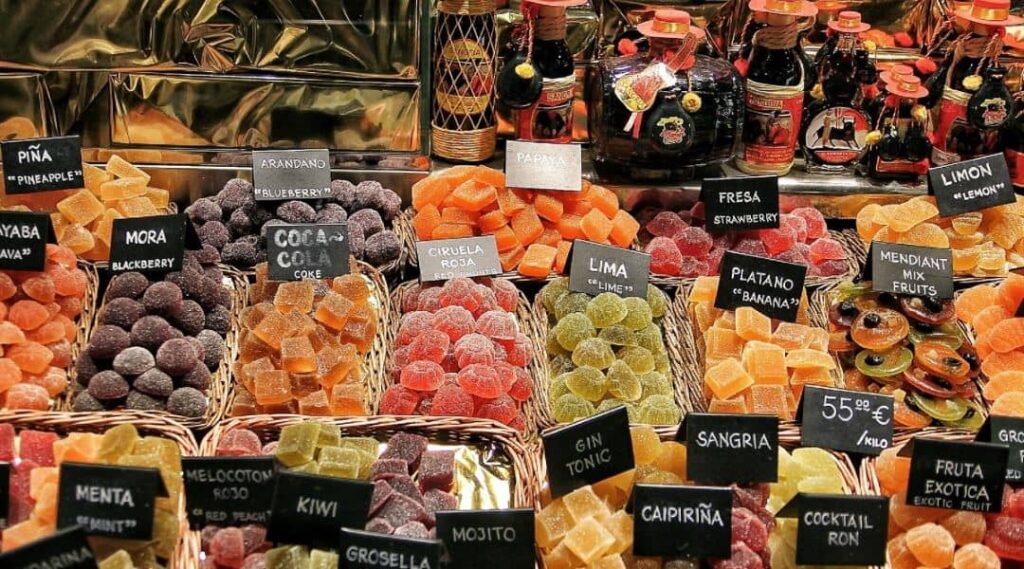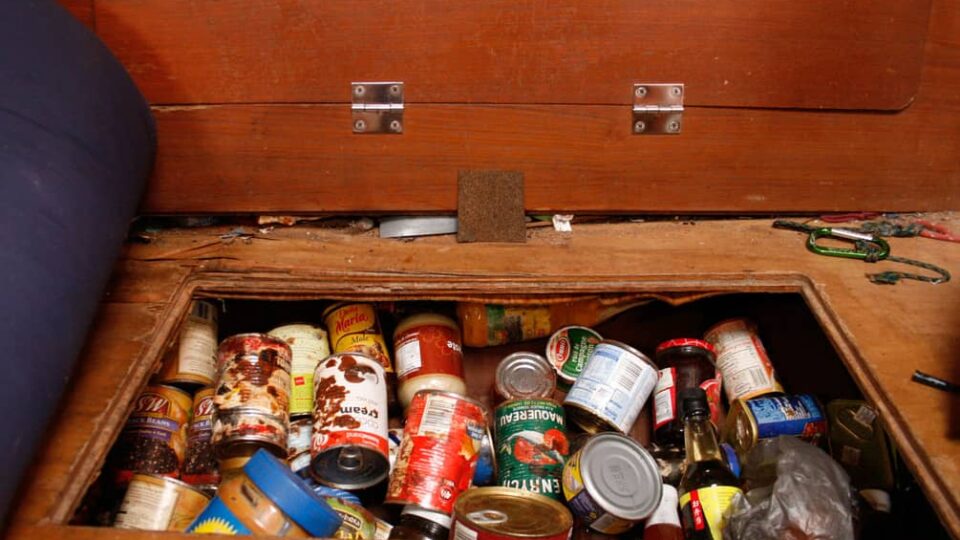Best Food To Bring on a Sailing Trip
Sailing can be an amazing experience if you manage to plan well beforehand. I know that when it comes to provisioning a sailboat it might seem like one of the most demanding tasks when preparing for a long voyage. Therefore, asking yourself these questions is totally reasonable. What food is well-preserved? Which fruits and vegetables will last for a month? What can and can’t be frozen? I’m going to answer all of these questions and more in order to ease your worries. Follow me!
Plan Your Sailing Voyage by Creating a Strategy
Firstly, estimate the duration of your sailing voyage. Secondly, how many people will join you on the voyage. Thirdly, what kind of food is better preserved. Once you have collected the above information you can organize a meal plan. For example, if the voyage is estimated to take 30 days, you might want to make 15 meals to freeze and 10 kits for lunch or dinner. This also depends on the capacity of your fridge and freezer, so pick up your meals carefully. In case you don’t have much space, you’ll want to use that space wisely. Consider buying more canned, staple, and non-perishable food. Finally, it’s certain that after your month-long or year-long passage you’ll be much wiser in terms of planning and organizing.
Where to Buy Your Food?
Whether you’re leaving a place and going to another or just starting up from your first departure point, it is essential to know from where to buy your food. The first option would be advance ordering, where you can choose groceries and equip your sailboat with them. This option is good before departing from a place. The second option is a charter company. You can fill up a form, including possible allergies, the number of people, and the list of goods you want. This way the company provides you prepared food. However, this option is not suitable for more than a week or so.
The third option is the local grocery stores, which I consider the best. You select your food, support locals, and also visiting the place. During your shopping, try to find vacuum-packed food, which is an easy and handy method to preserve your food and retain all its nutrients. In other words, the more fresh food you can vacuum-pack, the better!
What Foods to Bring on your Offshore Sailing Voyage?
First of all, before shopping, make sure to have a prepared list of all the things you need to buy. Then, ensure that you stock up on canned and staple food a few days prior to departing for your sailing trip. If possible, try to purchase in bulk to benefit from cost advantages. So, let’s see! Breakfast can include milk (powdered or evaporated), eggs, cereals, oats, jams, honey, and bagels or crackers. For lunch, you can buy food that will be easy to make and won’t require a lot of ingredients for the cooking process. For instance, potatoes, carrots, cabbage, broccoli, cauliflower, pasta, hard cheese, tuna, sardines, canned meat, one-pot meals etc.
Remember not only to cook or prepare meals, for yourself but also for your crew. It’s important to know if someone has allergies or if he’s a vegetarian or vegan. Moreover, the groceries you’ll buy have to last, especially if you will be traveling for a long time period. Also, consider buying beans, lentils, oats, rice, olive oil, tomato, and pesto sauce, canned fish or meat, snacks, and cereals.

Important Supply Tips to Think About
- Batch Cooking: Cook a certain quantity of food and store it in the fridge and freezer. It’s useful to avoid cooking preparation for some days when you’re cruising. Dishes like stews, lentil soup, chili, bean soup, pies, rice with veggies, and others can be stored in the freezer. You can also add already cooked rice, chopped veggies, and sauces to your freezer in order to cook them another day. This is a good idea because most sailboat freezers are considered slow, so it’s better to fill in the freezer with food and save yourself some time.
- Create Snack Packs: Everything’s more comfortable when you plan ahead. So, make sure to make packs of snacks. For example, a pack with an apple, some granola, and nuts. Or another with 1 orange, 1 banana, and some dark chocolate.
- Remove Packaging: It’s recommended to remove the packaging after your shopping. All plastic boxes and bags should be removed and food items have to be placed in ziplock bags, glass containers, or within vacuum pack systems. Like this, you’re reducing the amount of rubbish when onboard. In general, try to reduce plastic and prefer buying products with biodegradable packing.
- Avoid packing bread and prefer buying it fresh, when you get the chance.
- Depending on the country you’re heading to, you might find staple food at a much cheaper price than you would find at home.
- Consider getting some ideas for sailboat friendly recipes in order to ensure that you’re using all food items in a healthy way. There are several recipes that might surprise you with the ingredients they are made of.
- Meal and Food Inventory: This might seem odd, but its use will definitely compensate you. Make a food inventory and write down where do you keep/store each food product, which days are you eating which meal, some cooking instructions, etc. It’s always better to get prepared and organize yourself, especially when cruising with your sailboat.
- If you have a lot of leftovers, think smart, and combine them with some snacks or raw food like fruits, vegetables, pasta, rice, etc in order to make a healthy salad or wraps/bagels.
- Portion off herbs, spices, and sauces into small Ziplock bags for compact storage.
- Always think ahead and prevent worst-case scenarios! Make sure you have loads of canned veggies, meat, and non-perishable food in the event you’re at sea for a while.
- If your sailboat doesn’t have a mini-fridge in the cockpit, then buy a cooler on deck to keep drinks cool throughout the day. This tip helps to avoid opening and closing the fridge continuously, which is something that can draw a lot of power.
- Don’t forget to buy hygiene and cleaning products.
Summary
Keep in mind that the quantity of food and drinks that you are going to take to your sailboat depends on several factors. Firstly, the number of people traveling with you, meals per each person, and any allergies or food preferences. Furthermore, always equip your sailboat with a little bit extra. In other words, canned, staple, and non-perishable food. As mentioned above there are several fruits and vegetables that you can buy fresh and they can remain fresh for a couple of weeks. Try to buy vacuum-packed food and don’t forget to store your batching kits or leftovers in glass containers or Ziplock bags. Do not forget to get snacks and enough drinking water. Help yourself and make a list of meals for breakfast, lunch, and dinner.
Last but not least, don’t get yourself worrying too much. The solution is to make a list of meals and products, find from where you’re going to buy them, stock up your sailboat, cook and prepare some meals and then you are good to go!
